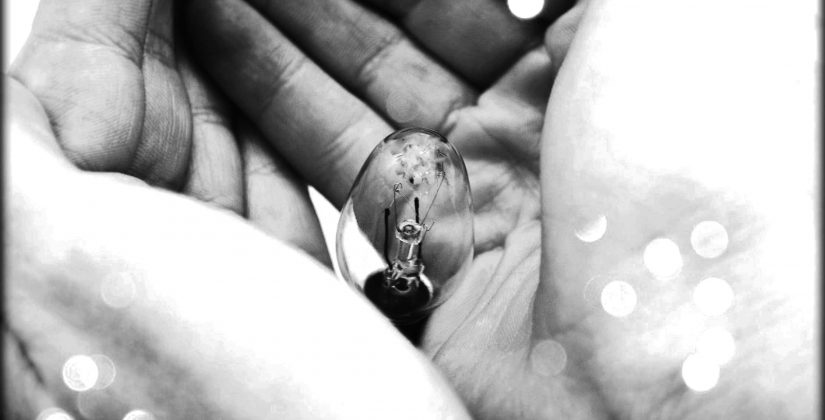Book review: Vulnerable Witnesses within Family and Criminal Proceedings
Sarah Phillimore reviews a new book by Frank Feehan QC and Caroline Harrison on the rights of vulnerable witnesses and the duties of advocates towards them in family and criminal proceedings

I approach this handbook as a family practitioner who is aware that while much has changed for the better in the family courts over the years, with regard to identifying issues around vulnerable witnesses, the criminal court remains the early adopter of measures to ensure that vulnerable witnesses are treated fairly and appropriately in the trial process.
The family courts are catching up: the Family Procedure Rules have been amended to include Part 3A and Practice Direction 3AA dealing with the participation of vulnerable people. There is clearly considerable and legitimate public criticism about how difficult the family court process can be for those who have suffered abuse within intimate relationships – most notoriously the risk that people could end up directly questioned by their former partner. No court should end up a stage upon which an abusive partner can continue to intimidate or harass under a cloak of cross examination, but the removal of legal aid for private law family proceedings has ushered in many unintended consequences.
Witness vulnerability can come in many shapes and forms and may arise from some challenge which is either consistent over time – such as a learning difficulty – or something that is exacerbated by the trial process itself, such as anxiety and fear. Lawyers need to be alert at every stage of the process about the measures that may be needed to ensure that the evidence is investigated properly and then challenged fairly in the court process.
The stated aim of the handbook is to provide a stage by stage guide to practitioners in both criminal and family proceedings. This is set out in 15 chapters, covering the pre-proceedings and investigative stages, intermediaries and ground rules hearings and considerations of how to elicit evidence from vulnerable witnesses. There is often significant overlap between criminal and family cases and family practitioners will benefit from understanding how the police operate to investigate and gather evidence –particularly in the context of interviewing children, who make up a very obvious category of vulnerable witness. There is a useful explanation of the role of the Official Solicitor as litigation friend for those adults who lack capacity – I can certainly recall some hazy uncertainty in my early years in practice as to the nature and extent of this role.
The handbook also provides information about the relevant legislation, case law and the key legal resources such as the Advocate’s Gateway, which is an excellent example of how information has been gathered and circulated to bring greater awareness of the needs of vulnerable witnesses. It was founded in 2012 as an independent body run by a volunteer management committee. Its main aims are to promote the maintenance of the highest ethical and professional standards in the questioning of people who are vulnerable in justice settings and to provide practitioners with evidence-based guidance and support in the form of toolkits, which have been endorsed and relied upon by judiciary.
It’s a compact text that appears to do an efficient job of distilling a lot of information into digestible paragraphs and setting out the distinctions between the criminal and family spheres in a useful exercise in comparing and contrasting. As the authors recognise, joint criminal/family hearings remain rare, largely because of ignorance as to how they are conducted or what might be achieved from them, so anything that can help to bridge that gap of understanding is welcome.
 The law, procedure and practice in this area will continue to develop but the fundamentals will remain the same – all must be able to participate to the best of their abilities in proceedings which can impact so fundamentally on their lives. This handbook will be of great assistance to those starting out who need an accessible introduction to this field as well as the more elderly practitioners for whom the legal landscape has changed considerably in the last ten years.
The law, procedure and practice in this area will continue to develop but the fundamentals will remain the same – all must be able to participate to the best of their abilities in proceedings which can impact so fundamentally on their lives. This handbook will be of great assistance to those starting out who need an accessible introduction to this field as well as the more elderly practitioners for whom the legal landscape has changed considerably in the last ten years.
Vulnerable Witnesses with Family and Criminal Proceedings – Protections, Safeguards and Sanctions, by Frank Feehan QC and Caroline Harris (Bloomsbury Professional, £75) (Also available from Wildy & Sons.)
Featured image: Centered Clear Bulb on Human Hand by J Carter, via Pexels.